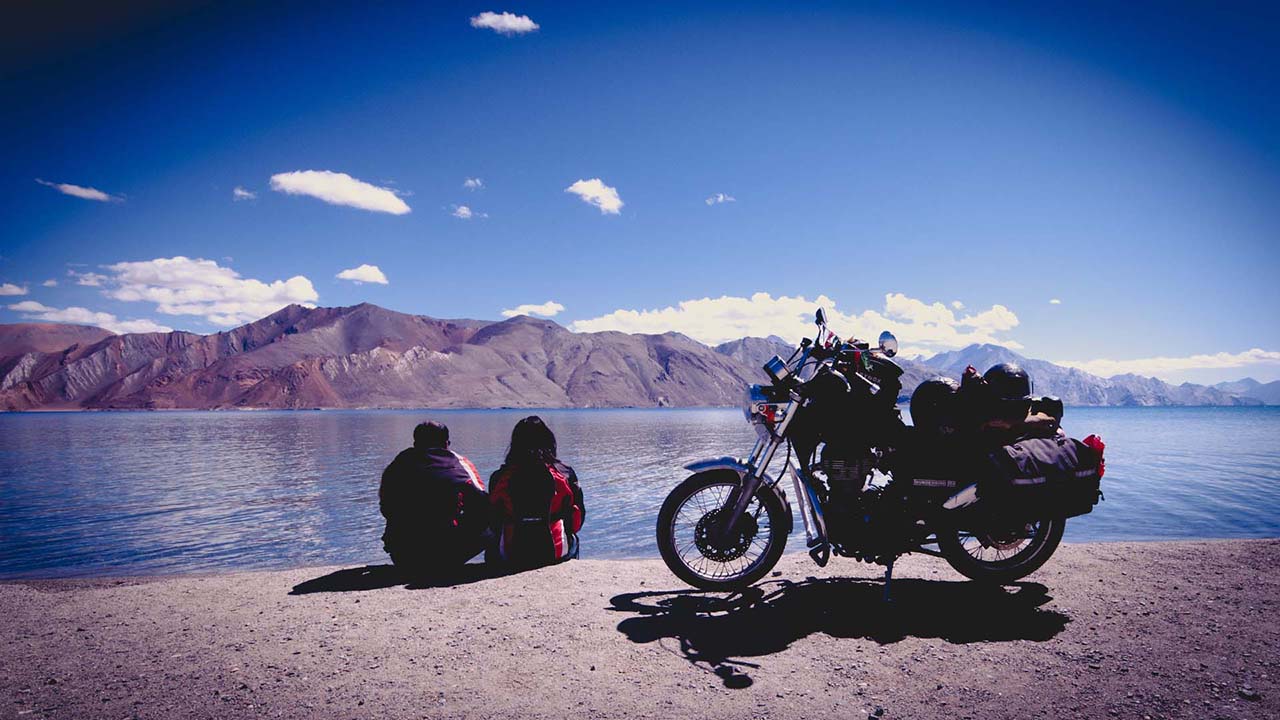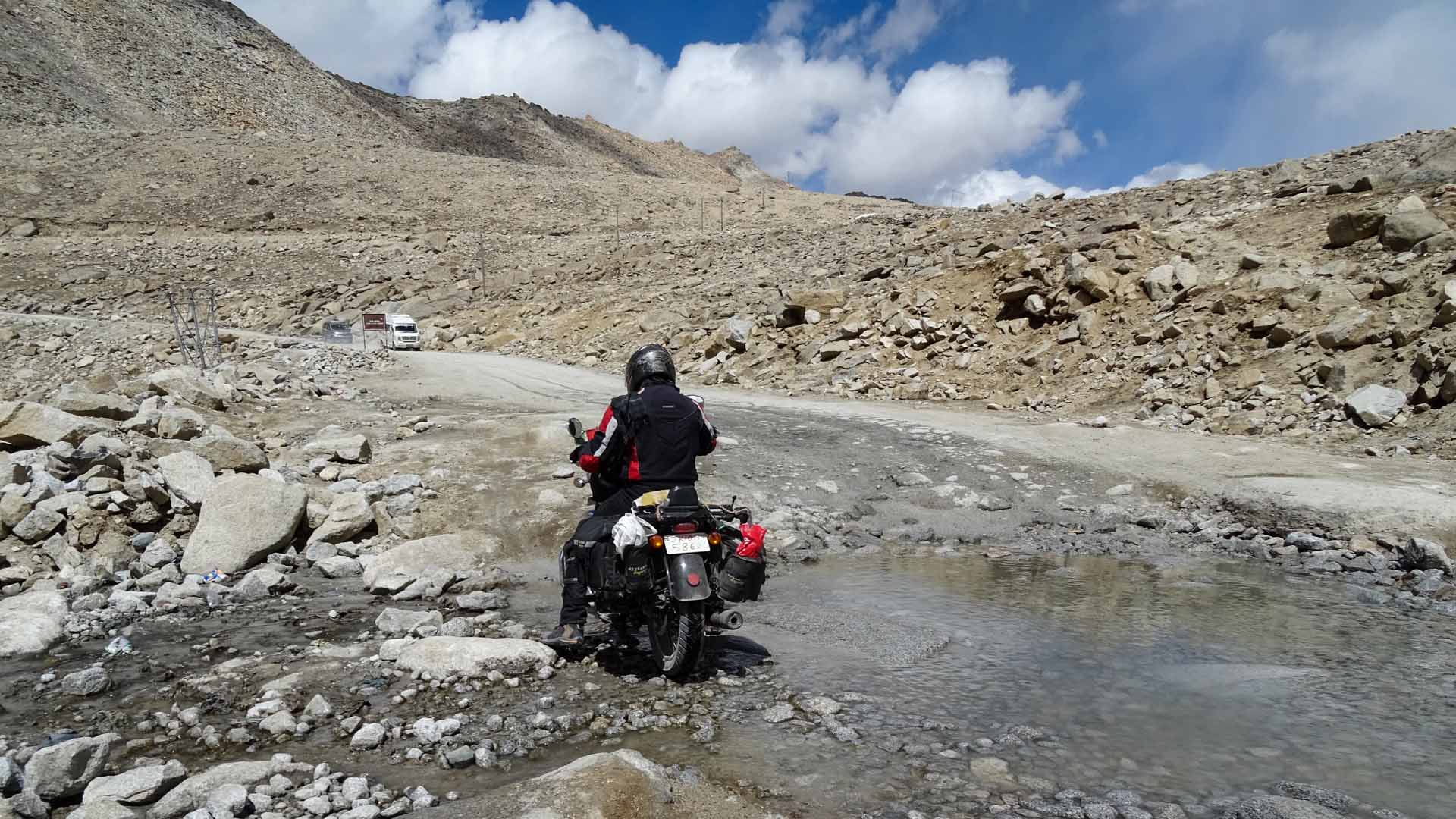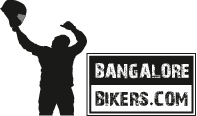

Bishal Mandal
How to Prepare for Leh Ladakh / Spiti / High Altitude Rides
Leh, Ladakh, Spiti… the Himalayan ranges. Gives goosebumps to just think of riding among those mountains, capturing breathtaking vistas on your cameras, living your dream ride! Months, and sometimes years go by while planning for this ride 🙂 And yet, if one is not prepared for this ride properly, the very journey can become a stressful ordeal, dealing with everything from health issues to motorcycle breakdowns.
Here are some simple details to keep in mind while preparing oneself and one’s ride which can possibly see you through most of the situations.
1. Your Motorcycle... NO. You, the Rider / Pillion:
Keep yourself fit through daily exercising. This cannot be stressed enough! Strengthen your core muscles. Hit the gym, do yoga, whichever you are comfortable with. And it needs to be developed into a routine. This will help you not only in enhancing your riding stamina, but also help in your daily life!
2. Your Motorcycle:
Since this faithful buddy will take you, your luggage (maybe also pillion) through some of the most treacherous terrains, pay utmost attention to its health also!
First, complete the TCLOCK check (This applies for all rides):
T - Tires and Wheels
- Tires – Check tread depth, wear and air pressure.
- Wheels – See if any spokes are loose or if the rim is bent or cracked. See if it turns freely, but is not loose on the axle.
C - Control Levers
- Check if the brake and clutch levers are not bent or broken and move easily.
- Check cables for fraying and lubricate them if required.
- Check hoses for cracks, leaks, bulges and chaffed areas.
- Make sure the throttle moves freely.
L - Lights & Battery
- Check that the battery terminals are clean and tight.
- Check the turn signals and brake lights for proper operation..
- Headlight- Check for proper operation and alignment.
O - Oil Levels
- Check engine oil level and brake fluid levels. Replace if nearing the change interval.
C - Chassis
- Move handlebars back and forth to check for tight spots.
- Hold the front brake and rock the bike front to back to check for any free play in the neck bearings.
- Check the front forks and the rear shocks for smooth travel and leakage (if any).
- Check chain tension and visually inspect for any rocks or other objects stuck in it.
- Check for any loose nuts or bolts and tighten if needed.
K - Kickstand
- Check for ease of operation and spring action of both side and center stand (if equipped).
Once you are done with the above checks, ride your bike and listen carefully for any squeaks/rattles. If required, take it to the service station and get things repaired. Preferably do this at least a week before you start on your big ride.

3. Luggage:
You are going for a long ride and you will face a lot of bad roads/no roads. While riding on the mountains, the twisties combined with bad patches on the road can loosen up your saddle bag/backpack faster than you can realize! And you don’t want your bag rolling down the mountain side, or worse… taking you and your motorcycle down !
- Use a tank bag for keeping your medicines, camera and small snacks handy. For securing your camera from unwanted rattles, keep a towel underneath and then place it in your tank bag.
- Once you have strapped down your saddle bag/ tail bag, further secure it with a bungee cord. Also keep 2-3 spare bungee cords.
- Cover all your luggage with rain covers. Weather can become unpredictable, especially on the Spiti circuit.
4. Clothing:
The mountain air is cold. And while riding, the wind chill factor will make the air feel colder. Best protection against this is to wear multiple layers of warm clothes instead of wearing one heavy jacket.
- 2 or 3 warm liners inside your riding gear and a windcheater on top, will see you through the cold winds.
- Riding gloves : Get 2 pairs of winter riding gloves, keeping one as spare in case the one you are wearing gets wet.
- Riding boots : You will come across multiple water crossing, and invariably get your boots wet. If they are of the waterproof variety,you may be good to go. But better not to take any chances. Wear polythene bags over your socks and then wear your boots. This will keep your feet dry even if you take a tumble in the stream! And keeping your feet dry is of utmost importance. Wet feet with wet boots will sap you of energy and the will to ride further.
5. Acclimatization:
- If you plan to reach Leh by air and then rent a bike, ensure you take 2 days to acclimatize yourself. On the evening of the first day, take a stroll to the Leh market, checkout the motorcycles on rent. Do not exert yourself.
- Next day ride your motorcycle around Leh town, visit Shanti Stupa, familiarize yourself with your ride.
- If you are riding from Delhi, take the Srinagar route (Manali route has sudden elevation gains, which increases the chance of AMS)
- On the Spiti circuit, be on the lookout for AMS symptoms. Spiti is at a higher altitude and AMS can hit suddenly.
6. Staying hydrated:
Your body loses water more rapidly at higher altitudes. But with the cold weather, you may not feel like drinking a sufficient quantity of water. This can easily lead to onset of AMS. It is extremely important to take small sips of water regularly and keep yourself hydrated.
And a big NO to alcohol at those altitudes. Combined with AMS, it can lead to bad health conditions.
7. Petrol:
There will be stretches where you will not find any petrol pumps or the pump may be broken. Rather than rely on pool quality petrol bought from some roadside shop, keep extra petrol with you in jerry cans. This can be the difference between completing your ride in peace or being stranded for hours.
8. Riding Etiquette:
- Please adhere to the basic rule of riding in your lane.
- Practice some basic off-roading skills. Most of the high mountain passes will have gravel / slush.
- Do not try to race / emulate the riding style of locals. They are born and brought up there, they have learnt riding in those conditions.
- Slow down and enjoy the grand mountains, leave the fast and furious to the race tracks !!

9. Carry Enough Cash:
Do not depend on ATMs to be always functional. Remote places will not accept cards, and prefer cash. Carry sufficient cash to cover most of your daily expenses, and some extra incase your bike breaks down.
These are some basic points to be taken care of for a wonderful riding experience in the high-altitude mountains. Take your time to visit and enjoy the breathtaking views!



Hey John Bhai,
This information was excellent & I hope there will be more this kind of content in future… ❤️
Thank you, Sai. I will pass credit to the Author Bishal Mandal. He has written so well which will help many bikers.
And yes Sai, Bangalore Bikers will publish many such helpful contents on the website. You all will love this new journey of BB for sure.
Cheers!
Hai
Hi Kavan, we responded to your other comment.
Hai bro I am interested to join your team
You are most welcome. Just go to this link and sign up. https://www.bengalurubikers.com/forum/
Wow.. every detail to its perfection. Very useful information. will definitely need this..A Big Thank You..
You are welcome 🙂 Will pass credit to the Author “Bishal Mandal”.